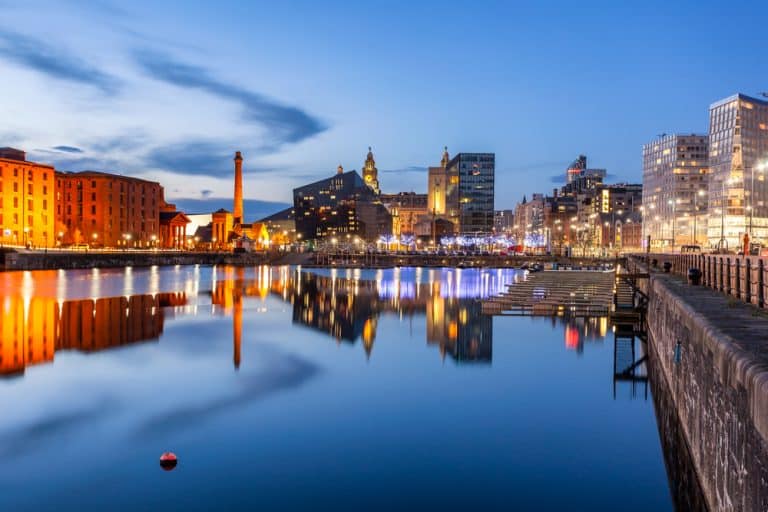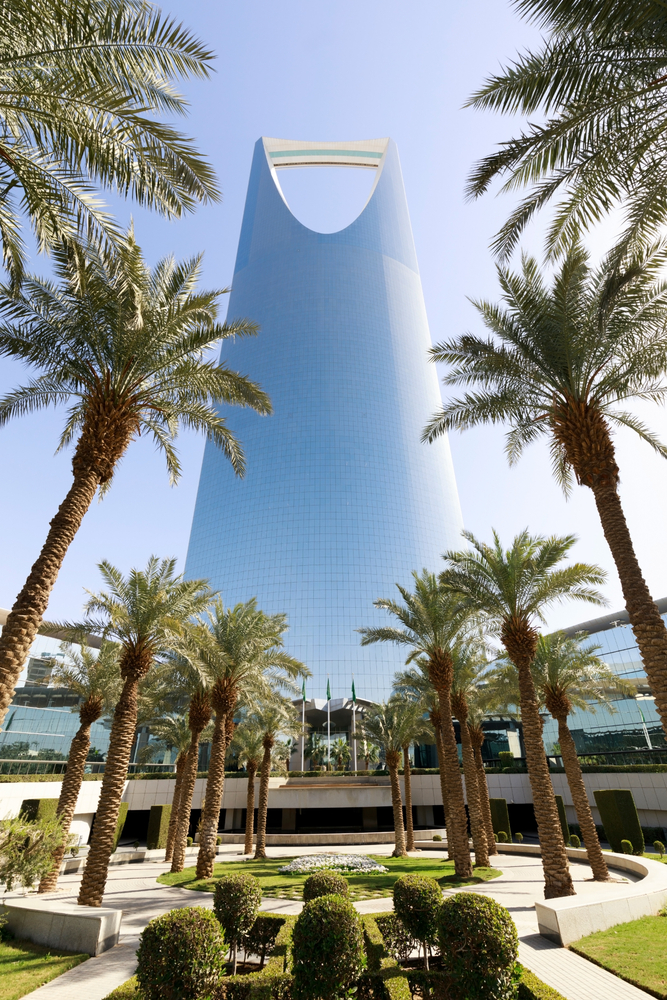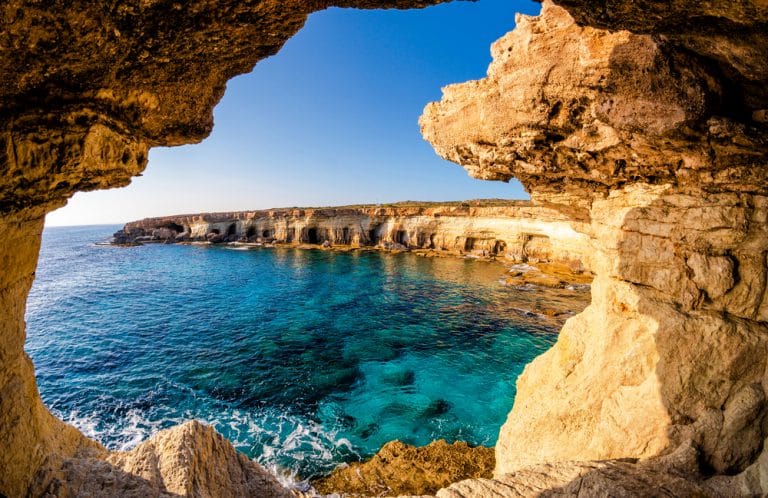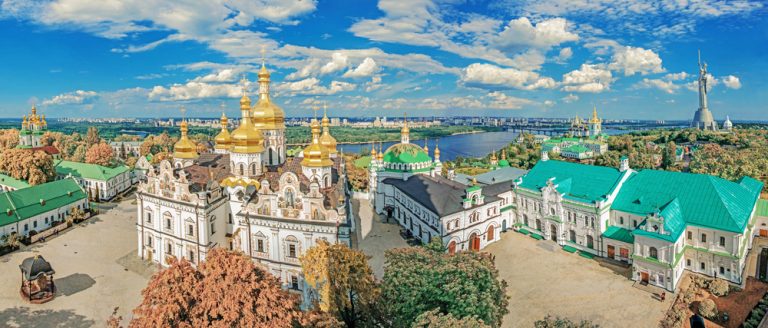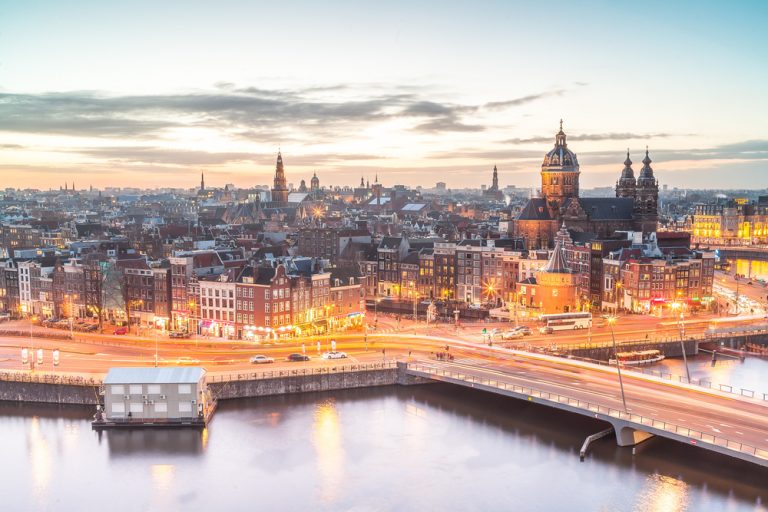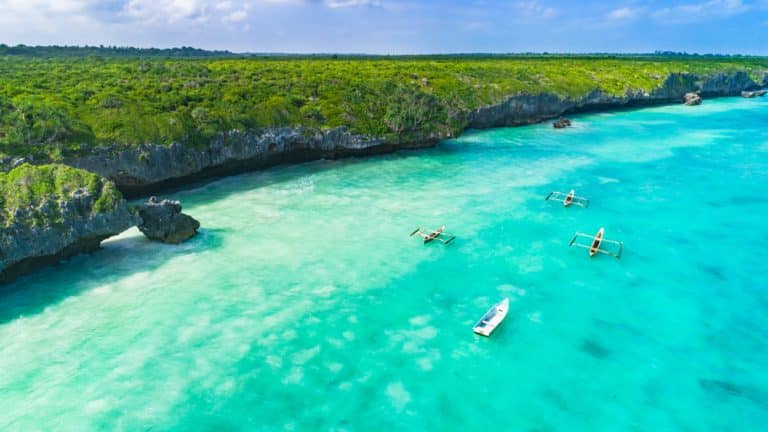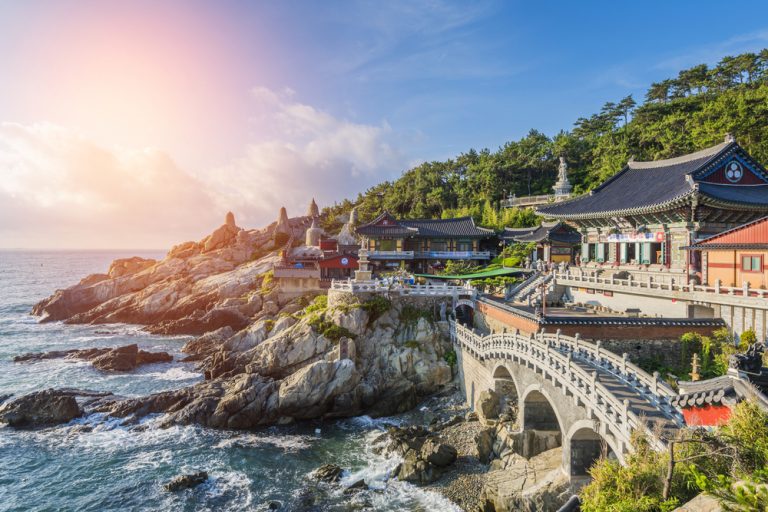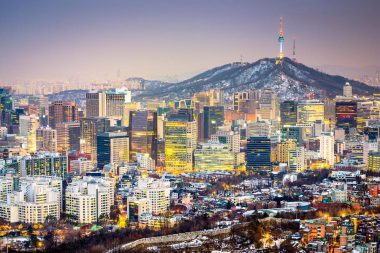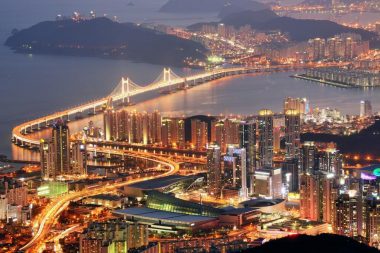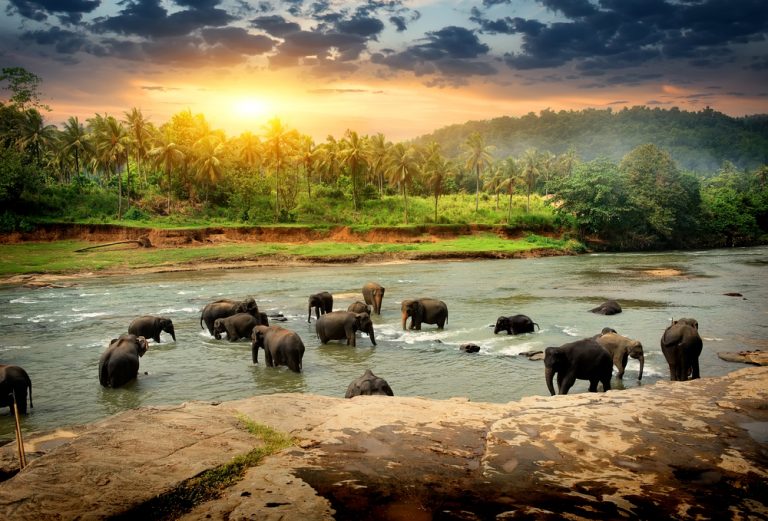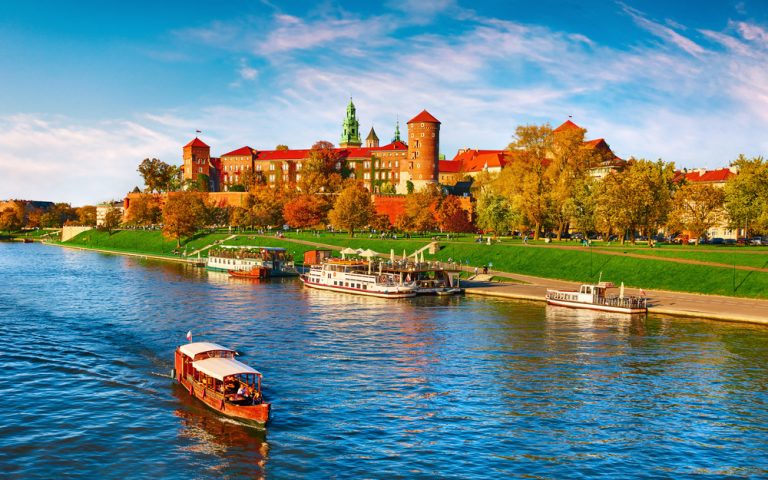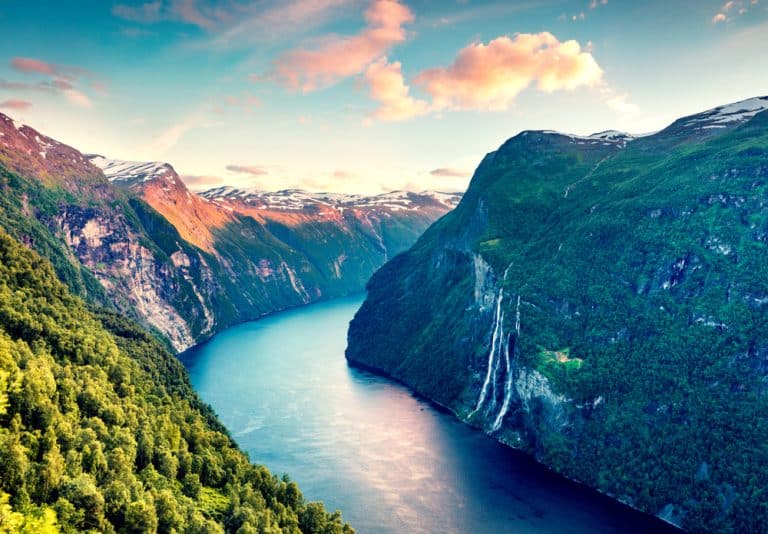The origins of the historic metropolis date back to the 12th century. Subsequently, the city gained in importance mainly due to its international port, which was long one of the most important in the world. It has also made a name for itself as an important starting point for emigrant ships to America. At the same time, the historic harbour structure is a UNESCO World Heritage Site and forms the charming face of Liverpool. Nowadays, the city is also known for its lively music scene and rich cultural life.
Liverpool is located right next to the mouth of the River Mersey on the Irish Sea and is just over 280 kilometres from England’s capital London. Economically, the financial sector, tourism and the service sector are particularly influential sectors. Thanks to its maritime location, the climate is mild all year round, with no extreme heat in summer or sharp frosts in winter – making Liverpool a great place to visit at any time of the year. The city can be reached by train or by road, including several tunnels below the Mersey. John Lennon International Airport is served by a variety of destinations around the world.
Sights

Liverpool offers many interesting sights, including in particular the venerable harbour buildings, which are partly reminiscent of Hamburg’s Speicherstadt. In addition to the architectural characteristics of past centuries, the district is home to many museums, exhibitions and restaurants. Particularly impressive are, for example, the town hall and Pier Head on the harbour quay as well as Speke Hall, a historic half-timbered house with gardens. The city’s two cathedrals – the modern Liverpool Metropolitan Cathedral and the monumental, neo-Gothic Liverpool Cathedral – are also worth a visit. Other interesting cultural sites are St. Peter’s Church and the Princess Road Synagogue, but also the bombed-out church on Leece Street, which was preserved in this condition as a memorial to the bombing war.
A special feature of Liverpool is the wide range of different museums. The topics range from the less than glorious role of the metropolis in slavery to shipping in the Merseyside Maritime Museum to archaeology and ethnology in the World Museum. Some of the museums can be visited free of charge. A particularly valuable experience is also offered by the Walkers Gallery, the largest collection of paintings in the whole country. Almost as important is the “Tate” art collection housed in the port. If you want to take a deep breath, you should visit the spacious and lovingly designed Sefton Park in the south of the city. Other options for a trip into the countryside are the Wavertree Botanic Gardens and Knowsley Safari Park, which is not far away.
Culture & Gastronomy in Liverpool

It is no coincidence that Liverpool was named European Capital of Culture in 2008. The first thought is usually for the Beatles, whose success story began here. Among other things, the exhibition “The Beatles Story” is dedicated to them. The city is also an excellent place to get to know British music history. Top addresses are, for example, the Philharmonic Hall, which offers a high-class concert program, or the Cavern Club, which is known above all for rock’n’roll. Last but not least, the city has many excellent theatre stages, the most famous of which is the Liverpool Empire Theatre. Special attention is paid to the theatre scene through the annual Liverpool Shakespeare Festival. Those with a more interest in sports should consider a visit to the turbulent Anfield Stadium, where the football-mad population likes to celebrate their athletes. In addition, the famous “Grand National” horse race takes place in Liverpool.
Tip for football fans: Anfield Stadium can be visited all year round. Book the tickets in advance on the web (https://www.visitliverpool.com). A visit costs 20 pounds for adults and 12 pounds for children.
Program items:
- Enjoy stunning views of the pitch and city from the top floor
- Visit the new state-of-the-art locker rooms for the home team and guests
- Practice your interview technique in the new press room
- Touch the infamous “This Is Anfield” sign
- Walk through the players’ tunnel
- Sit in Jürgen Klopp’s manager’s chair (coach: as of September 2018)
- Snap photos of the playing field and the impressive main stand of the infamous Kop.
For culinary needs, Liverpool offers both regional specialties and a wide range of international restaurants of high class. These include, for example, the Panoramic 34 or the Roski. Traditionally, the cuisine is very potato-heavy, and these are particularly popular in the stew called “Scouser”, the “national dish” of the city. Various other dishes such as the classic “English Breakfast” as well as variants of Shepherd’s Pie or the rustic Yorkshire pudding are also known in the rest of the country. Bistros such as the “Wreckfish” are also often among the interesting addresses.
You can find more about Liverpool on Wikipedia


